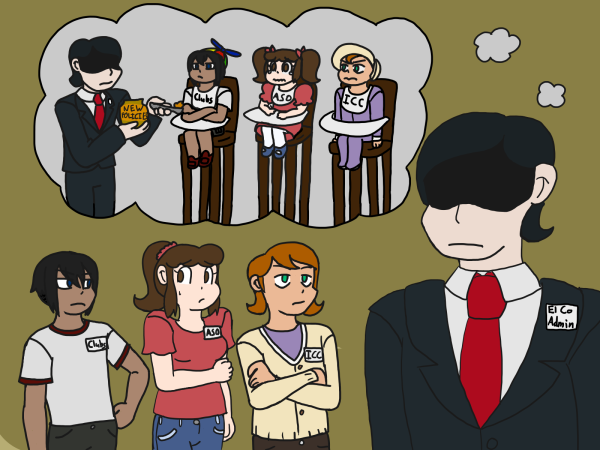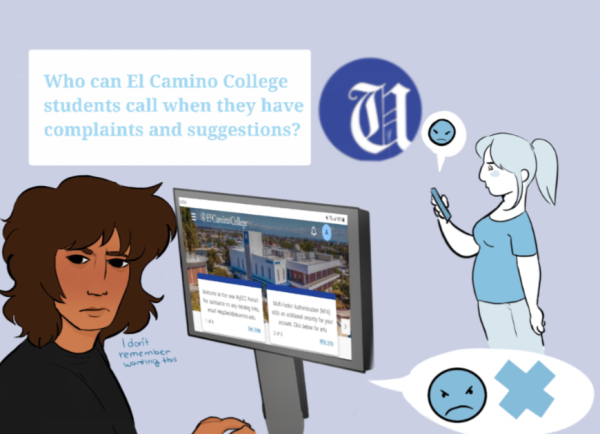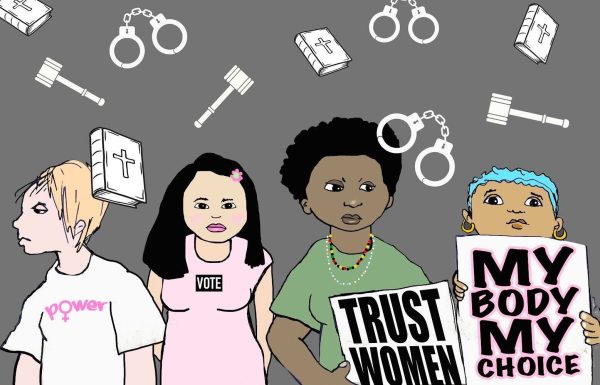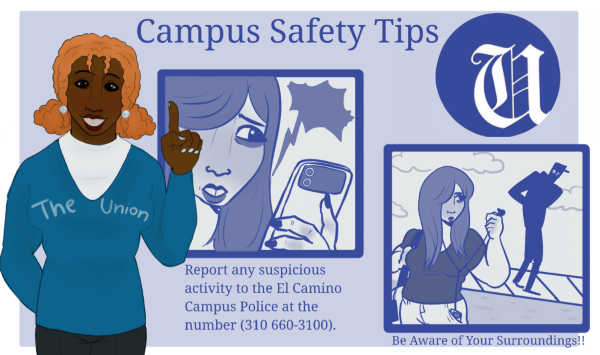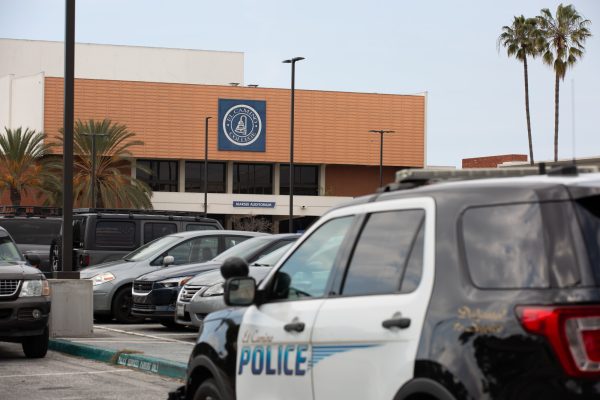Does Megan's Law help us? YES
Imagine you are picking up your child or sibling from school, assuming that the school is a safe place for them.
There are teachers and security guards you can trust to take care of your child. The last thing on your mind would be the presence of a pedophile lurking nearby.
Or worse, imagine having a sex offender live next to you and the police aren’t required to notify you.
I personally would like to know if a sex offender is living next door to me because I have two nieces and a nephew, all under the age of 10 years old. I wouldn’t want anyone preying on them.
Megan’s Law, was created when Megan Nicole Kanka, a 7-year-old girl from New Jersey, disappeared on Friday July 29, 1994 and was later found raped and murdered in her next-door neighbor’s house, lured by the promise of a puppy if she went there.
The parents of the child did not know that they were living next to a twice-convicted sex offender.
Eighty-nine days later, the New Jersey governor signed the first version of Megan’s Law, requiring law enforcement to notify the community about registered sex offenders who may be living right around the corner.
The misleading part about this law is that you aren’t informed about these offenders directly; you have to find out about them on your own.
That’s where the Web site, www.meganslaw.ca.gov, comes into play, where you can find sex offenders by city or ZIP code.
It will also tell you how many convicted sex offenders are in the city, complete with a picture of the sex offender and name, address, weight, height, gender, ethnicity and the offenses committed by each person listed.
You can also search within a two-mile radius of a selected address, park or school.
This Web site is helpful because it has sections on how to protect yourself and your family. It is also helpful because people can become aware of who is living in their neighborhood.
People may think that convicted sex offenders have rights just like anyone else and that they shouldn’t have to register their address and personal information online, where anyone can find and harass them.
But even if their privacy is not kept, they have the right to go to the police and report harassment.
Another website that may help families protect themselves is www.parentsformeganslaw.com.
This Web site provides multiple services. These services include a helpline number to access information about convicted sex offenders, ways to obtain counseling for those who have been victimized, as well as for family members of a victim, and news alerts and other information that might help.
You can check how many sex offenders are in your city. For example, Rancho Palos Verdes has six convicted sex offenders; Lennox has 17; Lawndale has 40; Hawthorne has 97; Torrance has 106; Compton has 244, and there are a surprising 648 in Long Beach.
The Web site shows 63,000 registered sex offenders in California, more than 33,500 of these offenders addresses are included in the search.
In addition, more than 30,500 sex offenders are included in the Web site with a search listing by ZIP code, city or county.
There are also 22,000 other sex offenders who are not available through the Web site. However, law authorities have access to their information at hand.
Browsing the website (www.meganslaw.ca.gov) is a good idea to see what kind of neighbors live by you. You can even search by a specific name or nickname.
Not only that, it can also protect you and your loved ones from unsuspecting preditors who might fool the average person in age, sex and race.
The Web site contains sections with commonly asked questions. I am sure no one likes to have to wonder what kind of neighbors are around their younger siblings or children they love.
Like it or not, the unsuspected neighbor might just be a convicted sex offender. Browsing this Web site can give us all peace of mind in knowing that our loved ones are safe.


